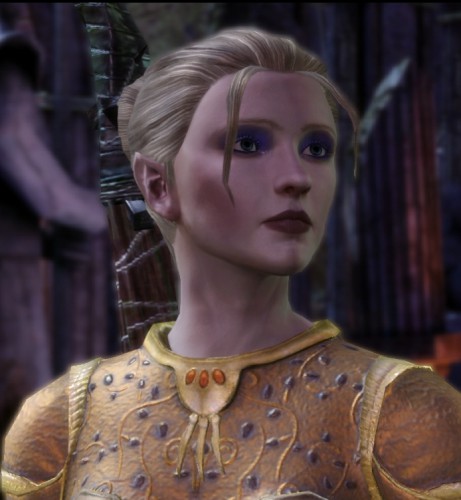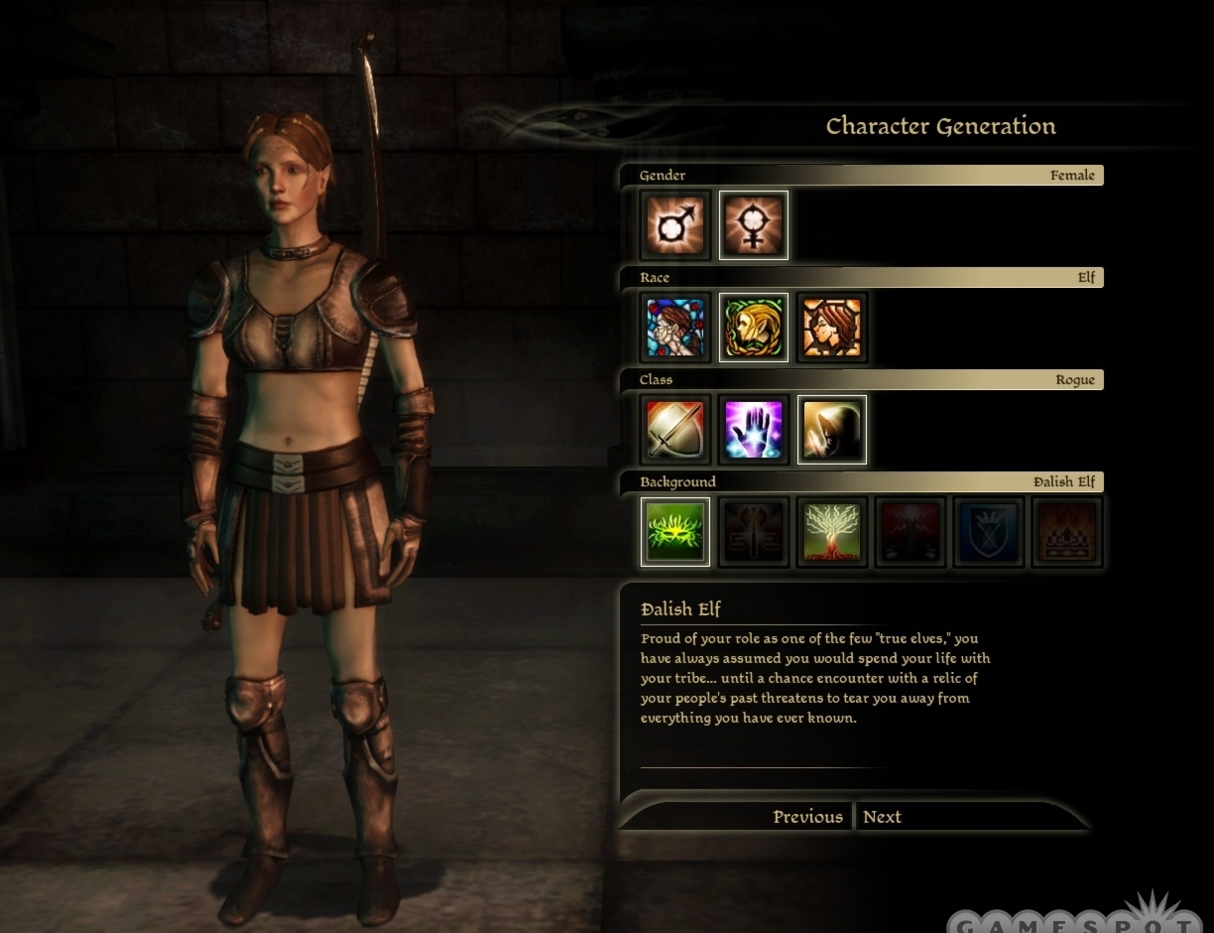


Multiple mages are found in Zathrian's unnamed clan in Nature of the Beast during Dragon Age: Origins Minaeve, a young elven woman in Dragon Age: Inquisition who was abandoned by her clan Others claim that clans believe having too many mages in a clan is a recipe for disaster, so young mages are abandoned or killed.


Some people say that clans will have a "First", a "Second", a "Third", and so forth as necessary. However, they disagree about what the Dalish do if another clan can't be found. Many sources agree that Dalish clans share mages, and send young people to other clans where a mage hasn't been born naturally. This mage is called the Keeper, and the Keeper's "First" is the title given to the young Elven mage being trained to inherit the Keeper's role. Dalish clans are run by a mage because they're the best equipped to carry forward the old Elven culture when all Elves used to be mages. The lore in Dragon Age is infamously unclear about how mages are treated among the Dalish. Updated August 18, 2021, by Gabrielle Huston: In honour of TheGamer's Dragon Age Week, we've updated this article with new entries about the differences between Dalish elves and City elves, as well as details for every entry about where this cultural marker is seen in canon Dragon Age content. As Dragon Age: 4 looms in the back of fans' minds and Elves promise to have a huge role, here's a quick refresh on the differences between Dalish and City Elves. The Elven kingdom was destroyed by the Chantry years before the start of the games, leaving the surviving Elves with two choices: submit to Chantry laws and live in human cities, or survive on the fringes of society in nomadic Dalish clans. The elves in Dragon Age could have been described this way, once upon a time, but have fallen far and hit rock bottom. Dragon Age's Elves aren't the usual fantasy kind established by J.R.R Tolkien's The Lord of the Rings, where Elves are an undying race with special magical talents and an established, sprawling society.


 0 kommentar(er)
0 kommentar(er)
